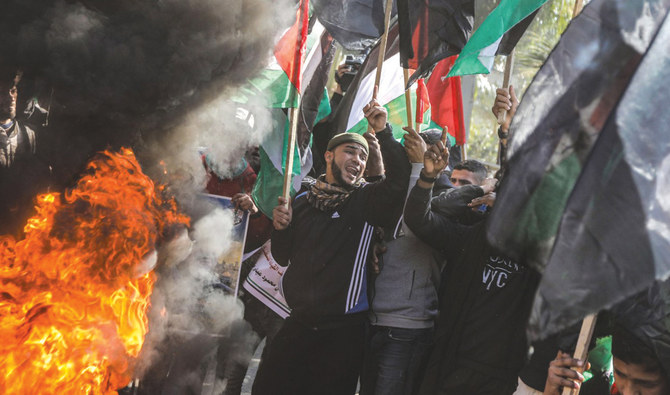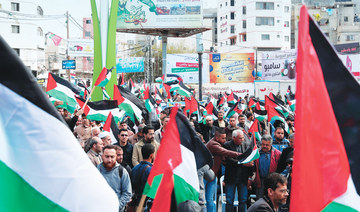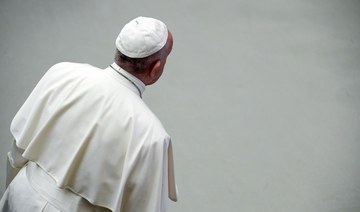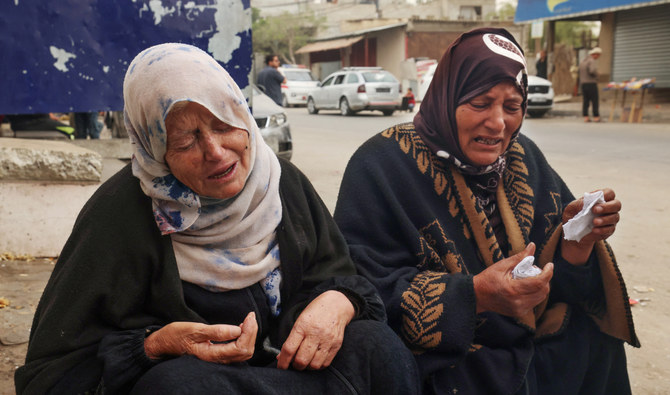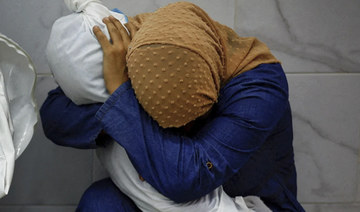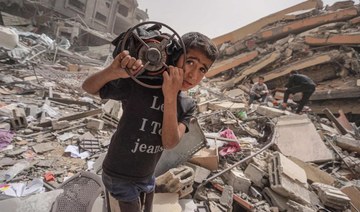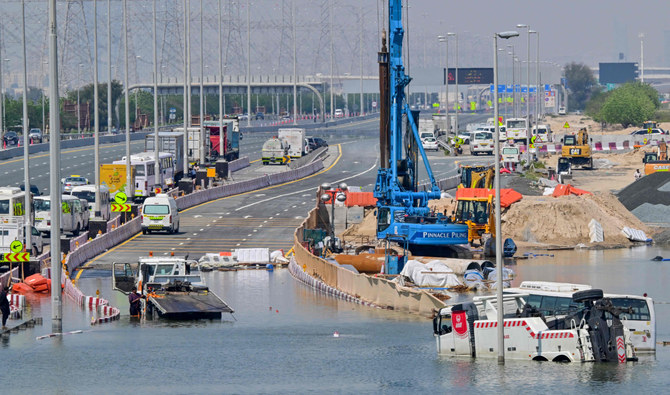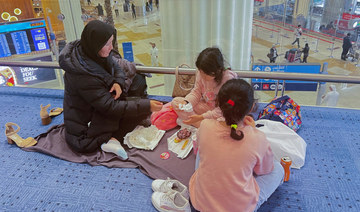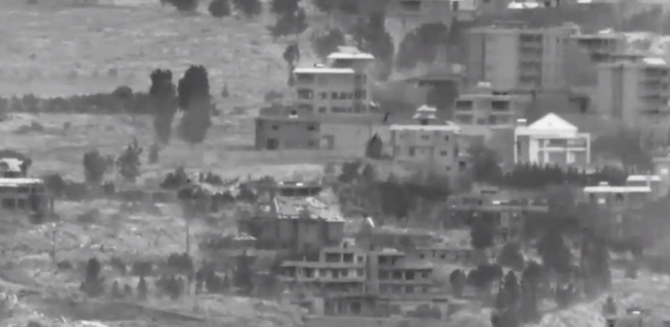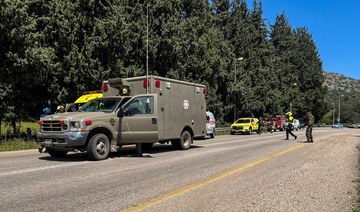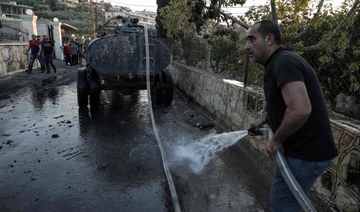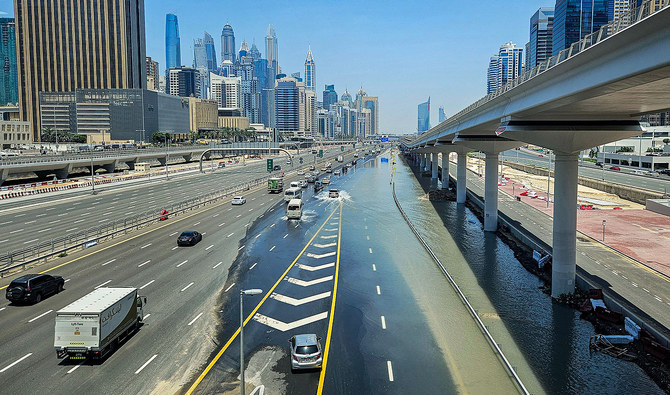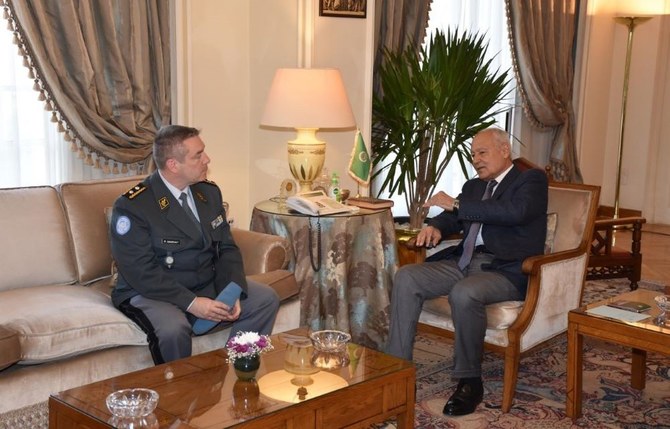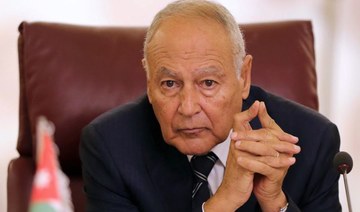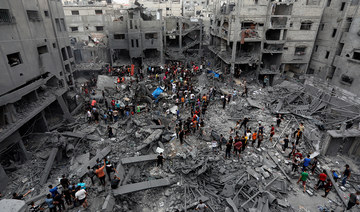LONDON: The Council for Arab-British Understanding (Caabu) has assisted in gathering 50 former European leaders and foreign ministers to jointly sign a letter condemning US President Donald Trump’s peace plan for the Israeli-Palestinian conflict.
British signatories include former Foreign Secretary Jack Straw, former International Development Secretary Douglas Alexander, and former Foreign Ministers Sir Alan Duncan, Baroness Sayeeda Warsi, Peter Hain and Ben Bradshaw.
The sharply critical letter, published in British newspaper The Guardian, expresses deep concern over the plan, saying that “instead of promoting peace, it risks fueling the conflict.”
The signatories note that the plan has been met with “widespread opposition in the region, in Europe and in the US.”
The plan “allows for annexation of large and vital parts of the occupied Palestinian territory and legitimizes and encourages illegal Israeli settlement activity,” the letter reads.
The plan “is not a roadmap to a viable two-state solution, nor to any other legitimate solution to the conflict.”
The letter adds: “The plan envisages a formalization of the current reality in the occupied Palestinian territory, in which two peoples are living side by side without equal rights. Such an outcome has characteristics similar to apartheid — a term we don’t use lightly.”
The signatories believe that the annexation could lead to Palestinian enclaves reminiscent of South Africa’s bantustans during the apartheid era.
The letter follows increased tensions between the White House and the Palestinian Authority, with Washington threatening to withhold aid as part of a diplomatic pressure campaign at the UN.
Chris Doyle, director of Caabu, told Arab News: “We’re delighted to see so many distinguished former European political figures signing up to what is historically a very strong letter about the plans for annexation. It also clearly references that it would produce apartheid-like conditions.”
He said: “That brings into sharp focus exactly how disastrous this plan is. Even if it isn’t implemented as per the document, the plans on the ground have already been enacted effectively.”
He added: “The only way forward are talks based on international resolutions and consensus that envisage a two-state solution based on the 1967 lines with a shared capital in Jerusalem and fair resolution of the refugee issue.”



